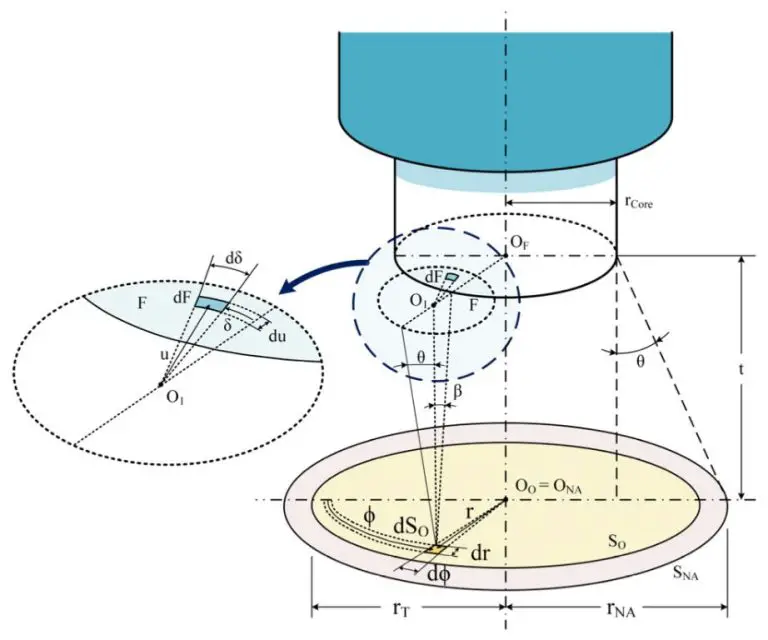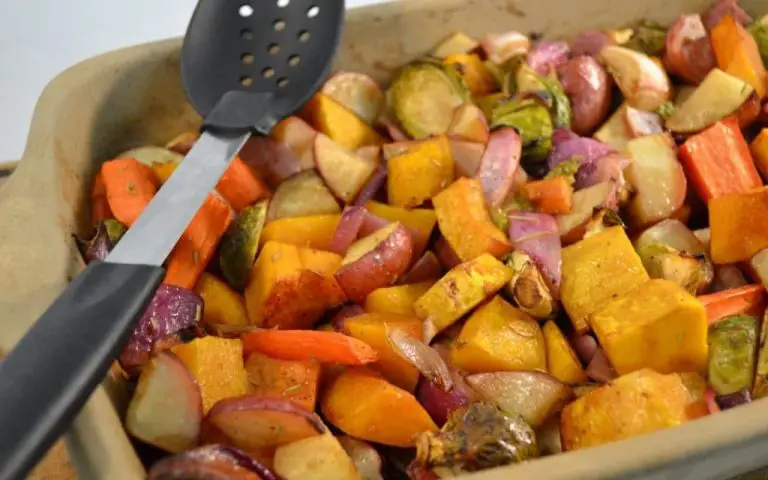What Is The Process Of Preparing Clay From The Ground For Use?
Clay is a soft, pliable material made of fine-grained minerals and sedimentary rocks. It is an essential raw material used in ceramics, pottery, brickmaking, cements, and other manufacturing industries. Clay’s unique properties, including its plasticity when wet and it’s hardening when fired, makes it a versatile material for creating objects shaped by humans dating back to ancient times.
The process of preparing clay takes raw clay from the ground and refines it into a usable material. This involves multiple steps to remove impurities and control for desired properties like smooth texture, elasticity, composition, and color. The prepared clay can then be shaped into ceramics and other products which are fired into a hardened state.
This overview will walk through the key steps in taking raw clay from excavation to processed material ready for downstream manufacturing uses.
Where Clay Comes From
Clay is a naturally occurring material composed primarily of fine-grained minerals, which show plasticity through a variable range of water content, and which can be hardened when dried and/or fired. The primary clay minerals include kaolin, montmorillonite-smectite, illite, and chlorite.
Clays form from the chemical weathering of silicate minerals at the Earth’s surface. The weathering process breaks down feldspar and mica within granite, rhyolite, and other igneous and metamorphic rocks. As the parent rocks are transported by water, wind, and ice, mechanical weathering breaks them down into smaller fragments. Chemical weathering through hydrolysis attacks the silicate mineral structure, releasing cations of aluminum, iron, magnesium, potassium, and sodium. These cations combine with hydroxide, carbonate, chloride, fluoride, silica, and other anions in groundwater to precipitate new clay mineral structures.
Clay deposits accumulate in environments conducive to precipitation and deposition of fine-grained, clay-sized particles. These include river floodplains, deltas, lakes, estuaries, and marine continental shelves. Clay minerals may also accumulate through direct precipitation from hydrothermal waters associated with volcanic activity or contact metamorphism.
Clay for industrial purposes is obtained by open-pit mining. Strip mining is commonly used, in which successive layers are removed in cuts or strips. This mining method allows large-scale excavation while preserving the underlying geology for reclamation once mining has ceased. Care is taken to minimize environmental impacts through managed spoil piles, dust control, and revegetation.
Excavating the Clay
Clay deposits are excavated from open-pit mines or underground mines using heavy equipment like bulldozers, backhoes, draglines and shovels. The excavation method depends on the location and depth of the clay deposit.
For surface mining, the topsoil is removed first using bulldozers and scrapers to expose the clay underneath. The clay seam is then extracted using excavators or shovels loaded into haul trucks for transport. Drilling and blasting may be done to break up large clay deposits.
For underground mining, a vertical shaft is drilled down to the clay seam and tunnels are constructed using drilling and blasting techniques. Loaders or shovels are used to load clay onto underground haul trucks or conveyor belts. The clay is brought up to the surface through the vertical shaft.
The choice of excavation equipment depends on factors like the thickness of the clay deposit, its depth below ground, the scale of operations and geology of the site. Small operations may rely on backhoes and small excavators while large commercial mines use heavy bulldozers, large excavators, draglines and haul trucks.
Advanced techniques like highwall mining can also be used, where remote controlled specialized machines extract clay through horizontal bores eliminating the need for an underground mine.
Processing and Refining
After the raw clay has been excavated, it goes through an extensive refining process to remove impurities and prepare it for use. The initial processing steps focus on cleaning, crushing, screening, and blending the clay.
The first step is cleaning and sorting the clay. Large sticks, rocks, and other debris are removed through manual sorting and separation. Magnets are also used to remove any stray metal pieces that may have gotten mixed in.
Next, the clay goes into large crushers that break up large lumps and clods. This makes the clay easier to handle and process. The crushers break the clay down into smaller, more uniform pieces.
After crushing, the clay goes through a screening process. It is run through a series of vibrating screens with different sized mesh openings. This separates the crushed clay into different grades by particle size.
The final step in initial processing is blunging. This involves mixing the crushed and screened clay with water to create a smooth, liquid clay slip. The blunging process combines different grades of clay to achieve the desired properties and ensures the clay particles are fully dispersed in water.
After initial cleaning, crushing, screening, and blunging, the refined clay slips goes through additional chemical and physical processing steps before being dried, milled, and packaged for use in manufacturing.
Filter Pressing
Filter pressing is a key step in the clay preparation process to remove excess water from the clay slurry. After the initial excavation and processing, the clay still contains a high percentage of water. In order to prepare the clay for the next steps of drying and milling, most of this excess moisture needs to be extracted.
Filter presses utilize a specialized press with a series of chambers and heavy duty filter cloths or screens. The clay slurry is pumped into the chambers under pressure, forcing the water to separate from the clay. The water, known as filter cake, is drained off while the clay inside the chamber is compressed into filter cakes.
Vacuum processing may also be used in conjunction with filter pressing. A vacuum is applied during the pressing stage which helps to extract even more water from the clay. The combination of mechanical pressing and vacuum processing can remove over 50% of the remaining moisture in the clay slurry.
Filter pressing is a critical step, as clay with higher moisture levels requires more energy to dry and reduces the efficiency of milling machines. Proper moisture reduction via filter pressing optimizes the performance of downstream processes.
Drying the Clay
Once the clay has been processed and refined, the next step is drying it to remove moisture. There are several methods used for drying clay:
Conventional Dryers – These are the most common type of dryers used. They are essentially large rotating cylinders or drums that the clay is fed into. As the drum rotates, hot air is blown over the clay, slowly drying it out. The air temperature, flow rate, and rotation speed can be controlled to achieve the desired moisture content.
Flash Dryers – Flash dryers use higher temperatures and airflow rates to rapidly dry the clay in seconds rather than hours. The clay is suspended in the hot high-velocity air rather than tumbled in a drum. This is a much faster drying method but requires more energy.
Spray Dryers – With spray drying, the clay is mixed with water to form a slurry that is then sprayed into a large drying chamber. The fine mist of clay dries nearly instantly as it contacts the hot air, and powdered dry clay is collected at the bottom of the chamber.
Fluid Bed Dryers – These specialized dryers use a perforated plate through which heated air is forced upward. The clay is fluidized on top of the plate, with the turbulent hot air very efficiently removing moisture from the clay particles.
Regardless of the drying method, tight control over air temperature, flow rates, and residence time is crucial to remove moisture content down to optimal levels for the next processing steps. Too much remaining moisture can cause problems later when firing the clay. Various sensors are used to monitor moisture levels and ensure the clay is adequately dried.
Milling the Clay
Once the clay has been dried, the next step is to mill it into a fine powder. Milling achieves several things:
- It pulverizes any remaining dry clay chunks or lumps into a fine powder.
- It controls the particle size distribution of the clay powder.
- It homogenizes the clay particles for consistent behaviour.
The milling process typically involves feeding the dried clay into a ball mill, roller mill, hammer mill, or other specialized milling equipment. The clay is ground between rollers, hammers, or metal balls, breaking it down into fine particles. The powders are then sorted by particle size, often using sieves, air classification, or other methods. The aim is to achieve the desired particle size distribution for the specific clay’s end use.
For example, clay used in ceramics may need a broad distribution from large to fine particles, while clay for pigments requires uniform ultra-fine particles. The milling process controls the range of particle sizes. The finer the grinding, the smaller and more consistent the particle size. Some mills can produce particles measured in microns (micrometers). Consistent particle sizing helps avoid defects when the clay is eventually formed into products.
Milling improves the plasticity and workability of the clay by distributing water uniformly throughout the particles. It also expands the clay’s surface area allowing better mixing with other additives. The controlled, uniform particle sizes of milled clay result in predictable, reliable performance.
Bagging and Packaging
Once the refined clay has been milled to the appropriate fineness and consistency, it is ready for bagging and packaging for distribution and sale. There are several considerations when it comes to selecting the right bag and packaging materials:
Bag Types
Clay is most often bagged in multi-wall paper bags ranging in size from 5 lbs up to 55 lbs. The type of bag used will depend on the quantity being purchased. Paper bags allow moisture to escape, helping keep the clay usable for longer. For retail purposes, clay may also be packaged in smaller plastic bags.
Packaging for Shipping
When preparing clay for shipping, the bagged clay is usually placed on a pallet and stretch wrapped. The pallets help make it easier to load and transport large volumes of bagged clay. Shrink wrap may also be used. For some retail packages, boxes are used.
Inventory
Keeping track of clay inventory and quantities is an important part of the packaging process. Barcodes and tracking numbers are used to monitor stock levels and shipments. Computerized systems help manage purchase orders, shipping manifests, and other records related to inventory and logistics.
Testing and Analysis
Once the clay has been processed and packaged, it must undergo stringent testing and analysis to ensure it meets all specifications and quality standards before being shipped to customers.
There are several key tests performed:
Particle Size Distribution – Samples of the clay powder are run through a laser diffraction particle size analyzer to determine the particle size range and distribution. This verifies the clay powder meets specifications for fineness and consistency.
X-Ray Fluorescence – XRF analysis is used to determine the elemental composition of the clay and confirm it contains the proper ratios of silica, alumina, and other compounds.
X-Ray Diffraction – XRD analysis verifies the clay mineralogy, confirming the presence and percentages of key clay minerals like kaolinite, illite, and smectite.
Rheology Testing – Rheological characteristics help determine how the clay will perform in industrial applications. Tests like viscosity measurement are critical for quality control.
Plasticity Index – Standard test methods measure the plasticity index, which indicates the moldability and workability of the clay body.
In addition to this battery of laboratory tests, trained technicians will also perform visual and tactile examinations on the clay samples. They check for proper moisture content, plasticity, color consistency, and particle size. Rigorous quality control ensures customers receive clay that meets their specifications every time.
Conclusion
Proper clay preparation is a crucial first step in the ceramic making process. As we have seen, clay must go through several refining and processing stages before it is ready to be formed into greenware or fired in a kiln. Care must be taken at each step of excavation, processing, drying, and milling to remove natural impurities and ensure the clay has the right plasticity, consistency, and moisture content for the intended purpose.
While the specific steps may vary between clay types and manufacturers, what remains universal is the importance of starting with high quality, well-prepared clay. The effort put into processing raw clay from the ground results in a smooth, flexible, and responsive ceramic material that maintains its shape during throwing, handles cleanly during sculpting, fires at appropriate temperatures, and produces pieces with strength, beauty, and longevity. As the foundation of pottery and ceramic art, properly processed clay is essential for achieving the artist’s vision.





